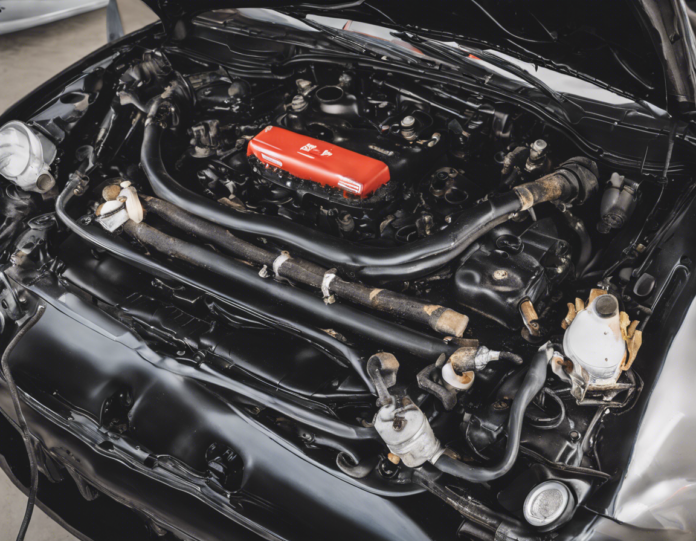Identifying the Issue
Oil leaks in vehicles can be a common problem that, if left unchecked, can lead to more severe complications and costly repairs. The first step in repairing an oil leak is identifying the source of the problem.
Common Causes of Oil Leaks
There are several common reasons for oil leaks in vehicles, including worn gaskets, loose or damaged oil pans, cracked seals, or improperly tightened drain plugs. It is crucial to pinpoint the exact location of the leak to determine the appropriate repair method.
Steps to Repair an Oil Leak
-
Locate the Leak: Start by cleaning the engine thoroughly and running the vehicle to pinpoint the exact location of the leak. Use a flashlight to inspect areas such as the oil pan, valve cover gasket, oil filter, and drain plug.
-
Assess the Severity: Determine the extent of the leak. A minor seepage may only require tightening a loose bolt or replacing a gasket, while a larger leak might necessitate more extensive repairs.
-
Replace Gaskets and Seals: Worn-out gaskets and seals are common culprits of oil leaks. Carefully replace these components following manufacturer guidelines.
-
Tighten Bolts: Check for any loose bolts, particularly around the oil pan and valve covers. Use a torque wrench to ensure proper tightening without over-torquing.
-
Repair Minor Cracks: In cases of minor cracks in the oil pan or seals, you can opt for temporary solutions like epoxy adhesives or sealants. However, for a long-lasting fix, consider replacing the damaged part.
-
Seek Professional Help: If you are unable to identify or fix the leak on your own, it is advisable to seek help from a qualified mechanic. They have the expertise and tools to diagnose and repair complex oil leaks accurately.
Preventing Future Leaks
Once you have fixed the oil leak, it is essential to take preventive measures to avoid future occurrences. Regular maintenance, such as checking oil levels, changing filters and gaskets as recommended, and keeping an eye on warning signs can help prevent leaks in the long run.
FAQs (Frequently Asked Questions)
- How do I know if my car has an oil leak?
-
Look for puddles or stains under your parked car, check the oil level frequently, and watch for warning lights on the dashboard indicating low oil pressure.
-
Can I drive with an oil leak?
-
It is not recommended to drive with an oil leak as it can lead to a loss of lubrication, engine damage, and potential safety hazards.
-
Are oil leaks expensive to repair?
-
The cost of repairing an oil leak varies depending on the source and severity of the leak. Minor leaks can be fixed inexpensively, while major issues may require more costly repairs.
-
Can I use stop-leak products for oil leaks?
-
While stop-leak products can offer a temporary fix for minor leaks, they are not a permanent solution. It is best to address the root cause of the leak for lasting results.
-
How often should I check for oil leaks in my car?
- It is advisable to inspect your vehicle for oil leaks regularly, especially during routine maintenance checks or whenever you notice signs of a potential leak.
By following these tips and tricks for repairing an oil leak, you can address the issue promptly, prevent further damage, and ensure the smooth operation of your vehicle in the long term.













